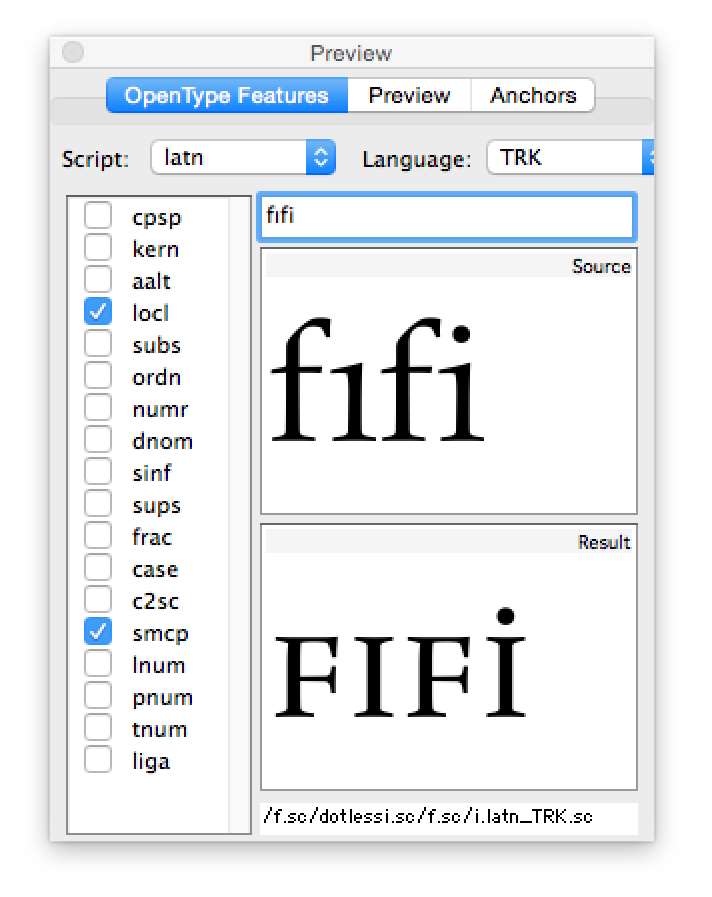Extend language support?
Comments
-
They don't only use Vietnamese in Vietnam. I see it sometimes in the U.S. (Vietnamese restaurants, for example). Maybe not enough to make it worth adding, but...3
-
I went to a new Vietnamese restaurant in a run-down Berlin suburb a few weeks ago. When I went up to the counter to pay for dinner, the kitchen worker ran up my bill on the restaurant’s touch-pad cash register. I don’t know which (prob. Android) tablet this was, but the restaurant app running on it was really slick and well thought out, with large typography and good looking fonts and colors. Everything was in Vietnamese, with well-designed diacritics. I was impressed. It looked a lot more sophisticated than the English-language app running on the iPad at the hipster café down the street from me, where I usually go & notice what buttons the staff are pressing.4
-
There are thousands of Vietnamese restaurants in the metropolitan Washington, DC area (Northern Virginia & Maryland). Some high-end down to little carryout places. Most show both English and Vietnamese in their menus. There is even a "Little Saigon" at Eden Center, Falls Church, where the street names are in Vietnamese.0
-
@Mark Simonson
They don't only use Vietnamese in Vietnam. I see it sometimes in the U.S. (Vietnamese restaurants, for example). Maybe not enough to make it worth adding, but...
It's interesting to see how signs for Vietnamese restaurants are often made in North America, with bits of vinyl cut by hand to deal with diacritics missing from the font.1 -
The Vietnamese range includes some underdot vowels which are used in Igbo: another 25 million speakers supported.1
-
Turkish:
I noticed that in some fonts there is a special i.dot character implemented, referenced in a locl feature for Turkish and Tatar. I know that it has something to do with the mapping from i to I, but I’m not aware of how exactly this is meant to work. Can anyone explain?
0 -
The i.dot (also sometimes i.trk) approach is a strategy for simplifying the interception of fi ligation and i -> idotaccent.smcp mapping for Turkish and related languages that distinguish between a dotted and dotless i.
The i.trk glyph provides a separate TRK-localized target glyph early in the text-processing, which allows for one-size-fits-all rules in {liga} and {smcp} as opposed to multiple TRK-localized sets of rules in individual features.
I think it was initially conceived and promoted by Adam Twardoch. You might be able to find sample code on either the Font Lab or Glyphs sites/blogs.
3 -
feature locl {
script latn;
# Latin
language AZE;
# Azeri
sub i by i.latn_TRK;
language CRT;
# Crimean Tatar
sub i by i.latn_TRK;
language TRK;
# Turkish
sub i by i.latn_TRK;
} locl;…which produces this result in the small caps feature:
(be sure to include both “_TRK” source and target glyphs in your small cap classes) 2
2 -
So that's what i.dot is for. I thought it was meant for situations where the tittle doesn't match the dot accent and dieresis. Informed!0
-
Thank you, gentlemen.
0
Categories
- All Categories
- 46 Introductions
- 3.9K Typeface Design
- 487 Type Design Critiques
- 564 Type Design Software
- 1.1K Type Design Technique & Theory
- 656 Type Business
- 861 Font Technology
- 29 Punchcutting
- 520 Typography
- 119 Type Education
- 324 Type History
- 77 Type Resources
- 112 Lettering and Calligraphy
- 33 Lettering Critiques
- 79 Lettering Technique & Theory
- 558 Announcements
- 94 Events
- 114 Job Postings
- 170 Type Releases
- 179 Miscellaneous News
- 276 About TypeDrawers
- 54 TypeDrawers Announcements
- 120 Suggestions and Bug Reports







